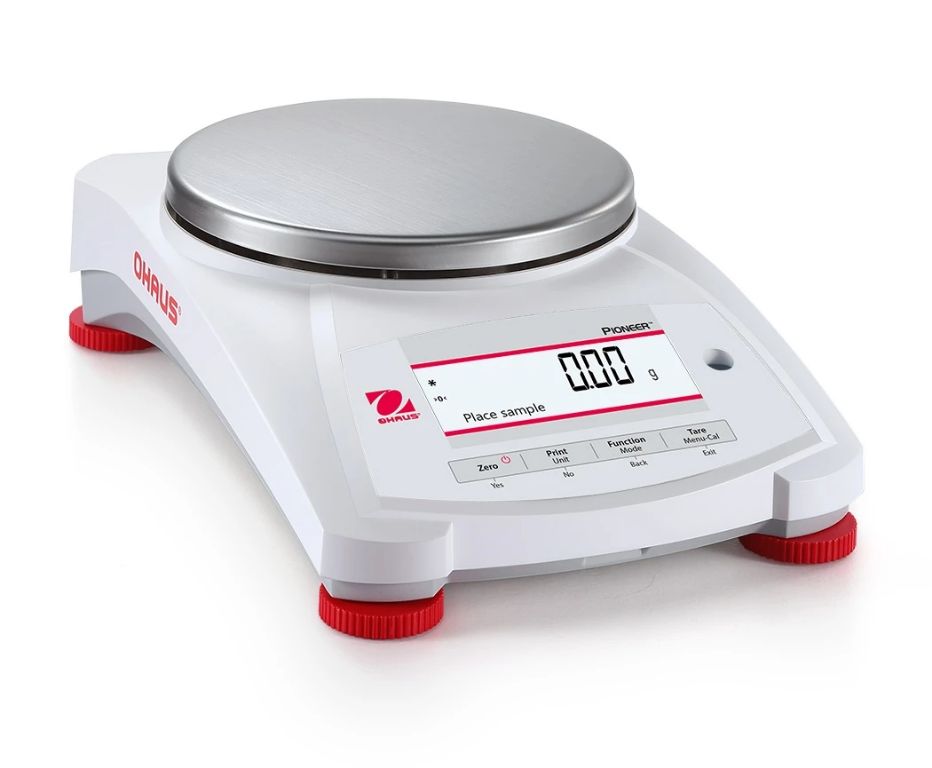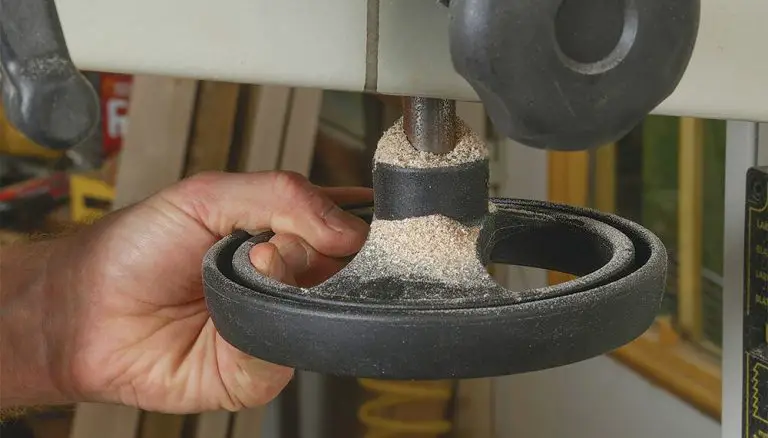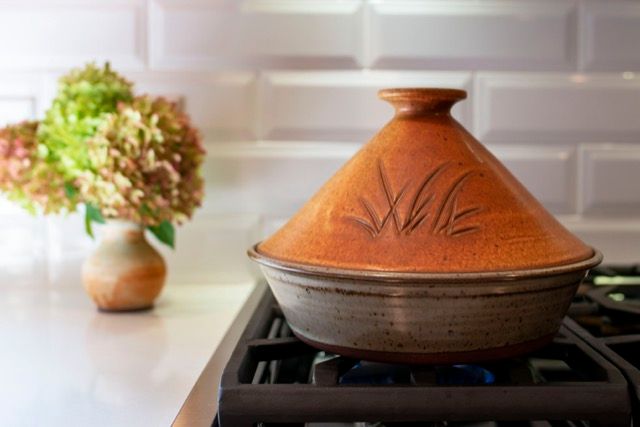What Is The Range Of Ohaus Analytical Balance?
Ohaus Corporation is a global manufacturer of laboratory balances, scales, and analytical instruments. Founded in 1907 and headquartered in New Jersey, Ohaus has over a century of experience in the weighing equipment industry.
An analytical balance is a precision weighing instrument designed to measure extremely small sample masses to a high degree of accuracy and repeatability. Analytical balances have a maximum capacity up to 200-300 grams and can measure to a precision of 0.1 mg or better. They utilize an internal calibration mechanism to ensure accuracy and have multiple weighing modes and data interfaces. Key features include high precision, fast response times, anti-static treated parts, overload protection, fully enclosed weighing chambers, and chemical resistant designs.
Ohaus is a leading producer of premium analytical balances for laboratory research, quality control, and other precision weighing applications in industries like pharmaceuticals, chemicals, food and agriculture, and academia. Their balances offer sophisticated weighing performance, durability, and ease-of-use.
Range of Ohaus Analytical Balances
Ohaus offers a wide range of analytical balance models across several product lines to meet various precision weighing needs.
The ExplorerTM Analytical line features advanced models like the EX423/E, which has a 420g capacity, 0.001g readability, and features like fully automatic internal calibration and antistatic coated glass draftshield.
The Pioneer line includes cost-effective options like the PA84/E with 80g capacity, 0.0001g readability, and touchscreen display. Ohaus also offers the Pioneer Plus line with enhanced features.
The Adventurer line is designed for easy operation with color touchscreen, icon menu, and other user-friendly features. Models like the AX423 cover 420g capacity with 0.001g readability.

Additional Ohaus analytical balance series cater to higher precision needs like the Excellence line with up to 0.000001g readability and special applications like moisture analysis balances.
Weight Capacities
Ohaus analytical balances typically have weight capacities ranging from 52 grams to 320 grams. The Explorer series offers capacities from 120g to 220g, while the Pioneer series ranges from 82g to 310g. The Precision series has options between 160g and 320g capacity.
Higher capacity models like the 320g Pioneer Analytical Balance allow weighing larger samples, while lower capacity models like the 120g Explorer provide finer precision for smaller samples. The 52g capacity Adventurer Analytical balance specializes in very accurate weighing of tiny samples.
According to Ohaus, choosing the appropriate capacity depends on the type and quantity of material to be weighed. For example, a 120g capacity is well suited for most traditional analytical lab work involving smaller quantities of chemicals or samples [1]. But applications requiring larger samples or containers may benefit from a 200g+ capacity model.
Readability and Precision
Ohaus analytical balances offer a wide range of readabilities, from 0.1 mg up to 0.01 mg for high precision weighing. The Explorer and Adventurer analytical balance lines have readabilities of 0.1 mg, 0.01 mg, or 0.001 mg depending on the model [1]. Higher end models like the EX324M feature an internal calibration weight and magnetic damping technology to provide precise measurements down to 0.001 mg.
An important factor for analytical balances is repeatability – the ability to consistently achieve the same weight reading for the same sample. Features like internal calibration help improve repeatability by regularly calibrating the balance during use. Magnetic damping also assists by quickly stabilizing the weighing pan after samples are added or removed. With proper care and calibration, quality Ohaus analytical balances can reliably read down to 0.1 mg or lower for precise mass measurement.
Response Time
Ohaus analytical balances are designed for fast and accurate weighing results. The response time refers to how quickly the balance displays a stable weighing result after a sample is placed on the pan.
According to the product specifications, the Explorer EX224 analytical balance has a stabilization time of 2 seconds for a typical 200 gram load (Ohaus, 2023). The EX324N model has a slightly slower response time of 3 seconds for a 200 gram load (Ohaus, 2023).
In general, Ohaus balances with smaller maximum capacities and higher precision tend to have faster response times. The top-of-the-line Explorer models with 0.1 mg readability have response times around 1.5-2 seconds. More affordable Ohaus models with 1 mg readability are in the 2-3 second range for 200 gram samples.
Faster response times allow analysts to complete weighing operations more quickly and improve workflow efficiency. However, accuracy should not be sacrificed solely for speed. Ohaus balances strike a balance between delivering fast yet precise results.
Calibration and Adjustment
Ohaus analytical balances feature advanced calibration systems to maintain accuracy and precision over time. Many models include AutoCal, an automatic internal calibration function that ensures accuracy without needing external weights or manual calibration [1]. AutoCal calibrates the balance every time the instrument is turned on or whenever there is a change in temperature. It works by using an internal mass under electromagnetic control to calibrate against.
For manual calibration, users simply select the calibration menu on the display interface. The balance will prompt the user to place a calibration weight on the weighing pan. It will measure the mass and adjust itself accordingly to maintain accuracy. Calibration ensures any residual tare weight or drift is corrected [2]. Ohaus balances make calibration easy with clear on-screen instructions and warnings if calibration is needed.
Frequent calibration guarantees precision and accuracy for critical laboratory weighing applications. Ohaus’ advanced calibration technologies like AutoCal remove the need for tedious manual calibration while still maintaining metrological performance.
Display and Interface
Ohaus analytical balances feature a range of display and interface options to meet different needs. Many of the Explorer series models like the EX224/AD have a 5.7″ color touchscreen display (EX224). This offers an intuitive user interface with graphics and icons for easy configuration and operation. The large color display allows excellent visibility of weighing results.
Higher-end Explorer models like the EX324 feature an even larger 7″ color touchscreen. Some balances have a traditional LCD display, while others offer both a touchscreen and a secondary backlit LCD display. Connectivity options on Ohaus balances include RS232, USB Host, USB Device, Ethernet, Bluetooth, and Wi-Fi. The balances can output data in multiple formats for seamless integration with computers and networks.
Overall, Ohaus balances aim to provide an optimized weighing experience through a combination of large color touchscreens, dual displays, and connectivity options. This allows quick and easy configuration while ensuring high visibility and easy data output.
Additional Features
Ohaus analytical balances offer a range of unique features to enhance functionality and usability:
Density Determination: Models like the Explorer have an integrated density determination kit that allows users to easily calculate density and check sample purity. This provides valuable data for quality control applications.
Underhook Weighing: Select balances have an underhook that allows suspending items below the weigh pan. This expands weighing capacity for larger or awkward samples.
Peripherals and Connectivity: Many Ohaus analytical balances can connect to peripherals like printers and computers via RS232 ports and USB. Some models also have Ethernet ports for networking capabilities.
Multiple Weighing Units: Ohaus balances support display and conversion between various weighing units like grams, milligrams, carats, and more based on application needs.
Programmable Buttons: Customizable buttons allow users to save repetitive operations or steps as pre-programmed shortcut keys for improved workflow.
Password Protection: Password protection restricts access to balance settings and calibration to authorized users only.
Automatic Calibration: SmartTrac calibration technology automatically calibrates models like the Explorer at set intervals or when ambient conditions change to maintain accuracy.
Popular Applications
Ohaus analytical balances are widely used in laboratories, universities, and industrial settings for precise weighing applications. Some of the most common uses and applications include:
Laboratory Weighing – Analytical balances are essential tools in chemistry labs for weighing samples, reagents, and chemicals. Their high precision allows chemists to measure exact quantities for experiments and reactions down to fractions of a milligram.
Pharmaceutical Research – Pharmaceutical labs rely on analytical balances to precisely measure the active ingredients in drugs and medications. The accuracy ensures proper dosing and supports development of new pharmaceuticals.
Educational Labs – Students and instructors in chemistry, biology, physics, and other science courses use analytical balances for hands-on experimentation and learning. They allow students to develop lab skills by accurately measuring a range of samples and materials.
Precious Metals Analysis – Jewelers, refineries, and precious metal dealers often use analytical balances to value gold, silver, platinum and other high-value materials by weight. The precision ensures accurate valuations and transactions.
Quality Control – Manufacturers employ analytical balances to sample and test products coming off production lines. By verifying weights and measures, they ensure products meet specifications and quality standards before shipment.
Food and Beverage Production – Food production facilities rely on analytical balances to precisely weigh ingredients and portions. This guarantees accuracy of recipes and nutritional information.
Purchasing Considerations
When purchasing an Ohaus analytical balance, there are several key factors to keep in mind:
Budget – Ohaus balances range greatly in price from a few hundred dollars to several thousand depending on features and precision. Consider how much you are willing to invest based on your weighing needs.
Weighing Capacity – Analytical balances come in maximum capacities from 50g to 5kg. Choose a model that can handle the maximum sample weight you need to measure.
Readability – This refers to the smallest increment that can be measured. Ohaus balances offer readabilities ranging from 0.1mg to 0.01mg for high precision weighing. Evaluate the degree of precision required.
Response Time – Balances with faster stabilization times can increase productivity in the lab. Ohaus balances stabilize in 1 to 3 seconds generally.
Display and Interface – Touchscreen displays with intuitive interfaces allow for convenient operation. Determine your preferences for display size, buttons versus touchscreen, and available connectivity options.
Adjustment Options – Many Ohaus balances allow external calibration for improved accuracy. Automatic internal adjustment is also available on some models.
Special Features – Consider needs for density determination, below balance weighing, underhook weighing, or other advanced functionality offered on select balances.
Service and Support – Ohaus provides excellent technical support and service assistance through authorized distributors. Review options for service plans and warranties.
Reputable suppliers like Scales Plus (https://www.scalesplus.com/shop-by-brand/ohaus-scales/ohaus-analytical-balances/) offer the full range of Ohaus analytical balances for purchase.





